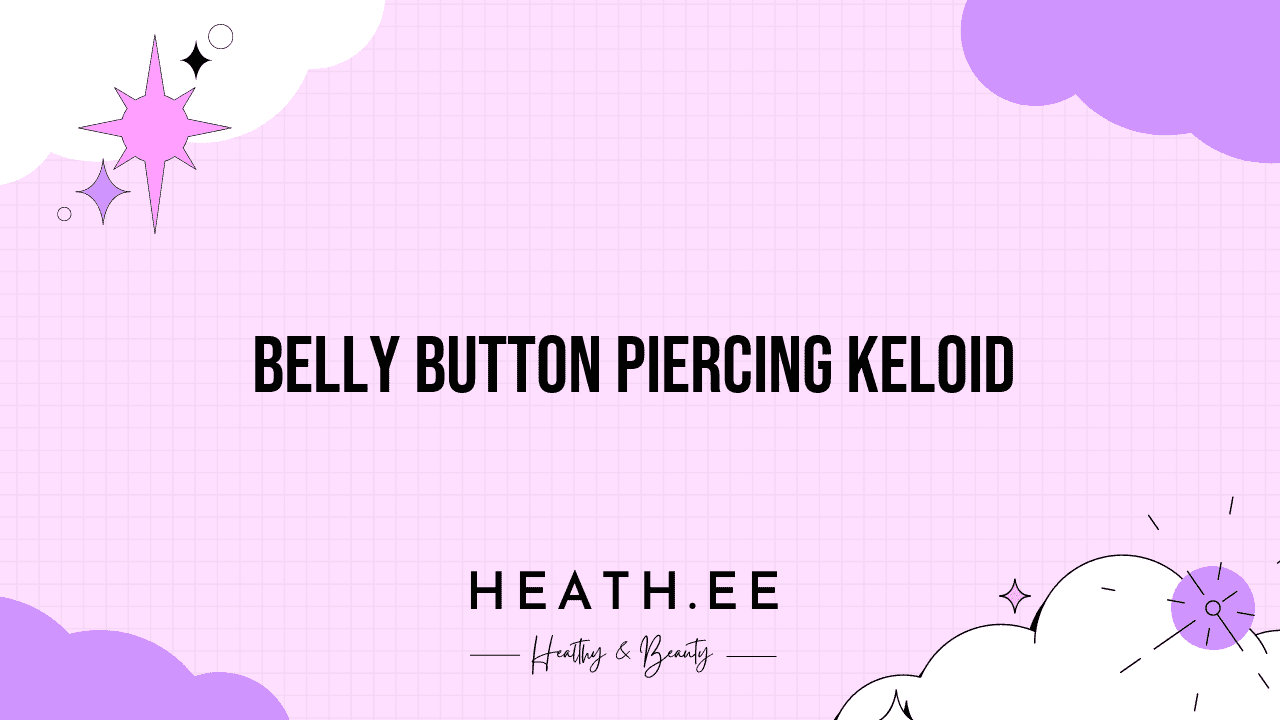Belly button piercing is a popular form of body modification, with millions of people opting to get pierced each year. While it is a relatively safe procedure, there is always a risk of complications, including keloid scarring. In this comprehensive guide, we will discuss what keloids are, how they form, and how to treat them.
What is a Keloid?
A keloid is an overgrowth of scar tissue that forms when the body attempts to repair a wound. It is a benign tumor that can occur anywhere on the body, but is most common on the chest, shoulders, and earlobes. Keloids can be itchy, tender, and may cause pain. They are often large and unsightly, and can be difficult to remove.

What Causes Keloids?
Keloids are caused by an overproduction of collagen when the body is healing from a wound. This can be due to genetics, hormones, inflammation, or an infection. It is believed that people with darker skin are more likely to develop keloids, although anyone can be affected.
How Common are Keloids?
Keloids are more common in some people than others. It is estimated that around 10-15% of people who get pierced will develop a keloid. This risk is higher in certain populations, such as African Americans, Asians, and Hispanics.

Can Belly Button Piercing Lead to Keloids?
Yes, belly button piercing can lead to keloid formation. The navel is an especially sensitive area, and is prone to inflammation and infection. This can lead to an overgrowth of scar tissue and the development of a keloid.
How Can You Prevent Keloids After Belly Button Piercing?
There are several steps you can take to reduce your risk of developing a keloid after getting a belly button piercing.
Choose a Professional Piercer
The most important step is to choose a professional piercer. A professional piercer will have the experience and expertise to ensure the piercing is performed safely and correctly. They will also be able to provide aftercare advice to reduce the risk of infection and keloid formation.
Clean the Piercing Regularly
It is important to keep the piercing clean to reduce the risk of infection and keloid formation. The piercer will provide instructions on how to clean the piercing, which should be followed carefully.
Avoid Irritation
It is important to avoid irritating the piercing. This includes wearing tight clothing that rubs against the piercing, and using harsh soaps or creams.
Protect the Piercing
The piercing should be protected from trauma and friction. This includes avoiding contact sports and activities such as swimming and hot tubs.
Seek Medical Attention
If the piercing becomes red, swollen, or painful, medical attention should be sought immediately. This could be a sign of infection, which can lead to keloid formation.
What is the Treatment for Keloids?
Keloids can be difficult to treat, and may require a combination of treatments. These include:
Steroid Injections
Steroid injections can be used to reduce the size of a keloid. The steroid is injected directly into the keloid, and can provide relief from itching and pain.
Surgery
Surgery is often used to remove a keloid. This can be done with a scalpel or laser. It is important to note that surgery can cause the keloid to return, so it is important to follow the aftercare instructions carefully.
Laser Therapy
Laser therapy can be used to reduce the size of a keloid, and can also be used to reduce the itching and pain. The laser is aimed directly at the keloid and can provide relief from symptoms.
Silicone Gel Sheeting
Silicone gel sheeting can be used to reduce the size of a keloid. The sheet is placed over the keloid and can provide relief from itching and pain.
Conclusion
Keloids are an overgrowth of scar tissue that can occur after a piercing. They can be itchy, tender, and painful, and can be difficult to remove. Belly button piercing can lead to keloid formation, so it is important to take precautions to reduce the risk. If a keloid does form, there are several treatments available, including steroid injections, surgery, laser therapy, and silicone gel sheeting.



